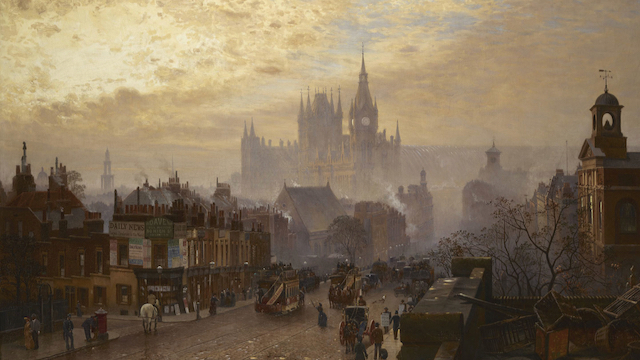April 2, 1883 Repairs were started at Stoke Moran [SPEC]
“Two days ago some repairs were started in the west wing of the building, and my bedroom wall has been pierced, so that I have had to move into the chamber in which my sister died, and to sleep in the very bed in which she slept.”
What is going to happen? We might do well to think of the quote from this case:
“Violence does, in truth, recoil upon the violent, and the schemer falls into the pit which he digs for another.”
A Snake coils usually before striking his victim. Could Watson/Doyle have been attempting a pun using recoil and a snake?

There was little difficulty in entering the grounds, for unrepaired breaches gaped in the old park wall. Making our way among the trees, we reached the lawn, crossed it, and were about to enter through the window, when out from a clump of laurel bushes there darted what seemed to be a hideous and distorted child, who threw itself on the grass with writhing limbs, and then ran swiftly across the lawn into the darkness.
“My God!” I whispered; “did you see it?”
Holmes was for the moment as startled as I. His hand closed like a vice upon my wrist in his agitation. Then he broke into a low laugh, and put his lips to my ear.
“It is a nice household,” he murmured. “That is the baboon.”
I include this picture because I always imagined what this scene looked like but I never saw it pictured until now.
April 2 1883: Effie’s Munro daughter, Lucy, moved into the cottage [YELL]

“Well, last Monday evening I was taking a stroll down that way, when I met an empty van coming up the lane, and saw a pile of carpets and things lying about on the grass-plot beside the porch. It was clear that the cottage had at last been let.”
I have a quote from this case that I again have to put before dear readers:
“Watson,” said he, “if it should ever strike you that I am getting a little over-confident in my powers, or giving less pains to a case than it deserves, kindly whisper `Norbury’ in my ear, and I shall be infinitely obliged to you.”
To me, proof that Holmes had been at least bested by two women in his cases when you put this one together with “A Scandal in Bohemia”.
Source
A Day by Day Chronology of Sherlock Holmes according to Ziesler and Christ by William S Dorn DWNP, BSI.























